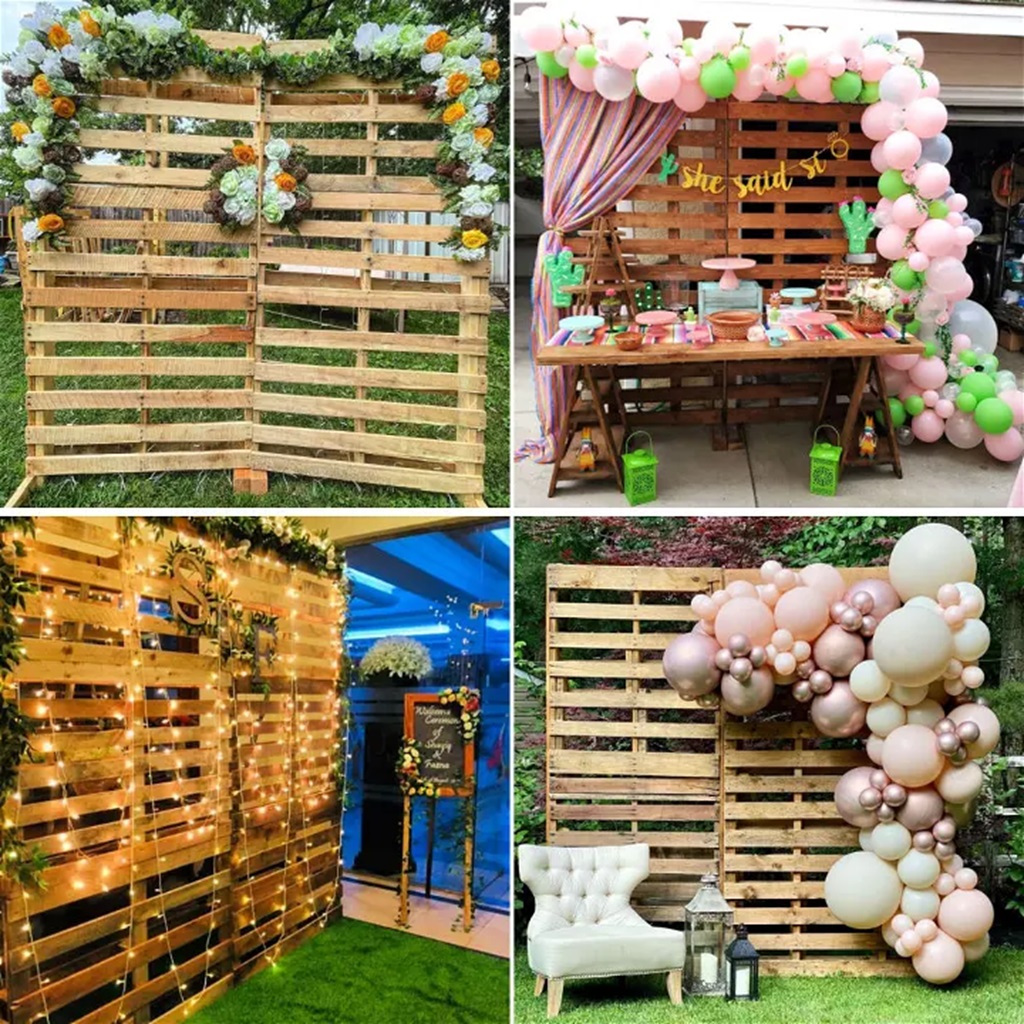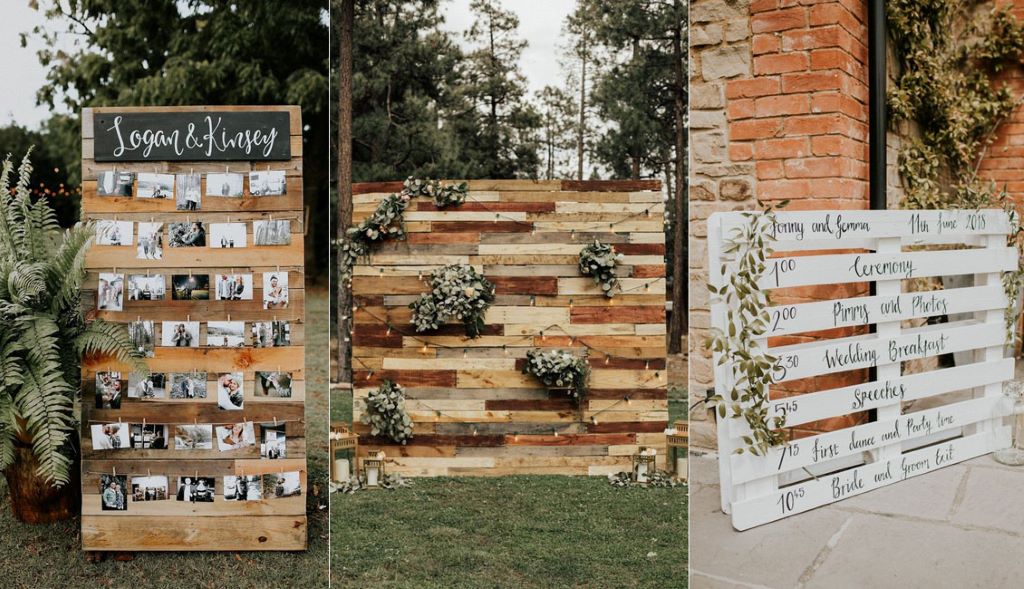
Having a dedicated photography backdrop stand is essential for shooting professional-looking photos at home. While backdrop stands can be expensive to buy, they are surprisingly easy and affordable to make yourself using basic woodworking tools and materials. In this DIY backdrop stand wood guide for beginners, I will walk you step-by-step through designing, constructing and assembling your own custom backdrop stand made completely out of wood. You’ll learn everything from choosing the right lumber, joinery techniques, tools required, to finishing touches like sanding, staining and installing backdrops.
Follow along to build your own adjustable wooden backdrop stand that can extend over 9ft wide and stand over 7ft tall for under $100!
DIY Backdrop Stand Wood Planning and Design
The first step is deciding on the dimensions, style and features you want for your backdrop stand based on the type of photos you want to shoot. Planning it out will make the actual woodworking and construction much smoother.
Dimension Considerations
Most standard backdrops range from 5 x 7ft for portraits and headshots, up to 10 x 20ft for full body and group photos. decide how wide and tall you need the stand to extend to suit your space and backdrops. Consider extra height for lights.
A free-standing ‘A-frame’ style backdrop stand is easiest to construct. This consists of two sides linked together at the top by a cross-beam. The width between the sides can adjust via movable cross-braces inserted into holes drilled along the sides.
For the example stand, we’ll do woodworking for sides that extend from 6-9ft wide, and height of 6-7ft tall.
Material and Tools Needed
Here’s what you’ll need to make a wood backdrop stand close to the dimensions above:
- 2 x 8ft pine wood boards – for the two sides
- 1 x 3ft pine board – for top cross-beam
- 3 x 6ft pine boards – for braces
- Wood glue, screw eyes, rope, carabiners
- Circular saw, drill, tape measure, sand paper
Now let’s get into the woodworking!
Cutting the Wood
The first step is using a circular saw to precisely cut all the wood into the required lengths.
Cut safety is paramount here. Always wear safety goggles, ear protection, gloves, steel-toe boots and tie back loose hair/clothing when using power tools. Refer to the tool’s manual for correct usage and double check measurements before cutting.
Here are the cut measurements for the backdrop stand:
Two Sides
Cut the two 8ft pine wood boards down to 6ft tall. These will form the two sides.
Top Cross-Beam
Cut a 3ft length for the top cross-beam which bridges the two sides together.
Cross-Braces
Cut the three 6ft pine boards down into:
- Two braces at 1ft length
- Three braces at 2 ft length
- Two braces at 3ft length
This will give you a total of seven wood braces to insert horizontally between the sides at different widths.
Sanding and Drilling
Now that all the wood is cut, some prep work needs to be done before assembly.
Sanding
Lightly sand any rough edges on all the wood pieces so they are smooth to the touch. This prevents getting splinters during handling, makes staining easier later on, and gives a nicer final look.
Drilling Holes
The two vertical sides need holes drilled where the cross-braces will insert horizontally to adjust the width.
Clamp each side vertically to your work table to prevent slipping. Measure and mark holes centered every 4 inches starting from 1ft from the bottom, all the way up both sides.
Use a drill to bore 1 inch diameter holes completely through the wood. Having the holes pre-drilled makes brace insertion easier after assembly.
Joinery and Assembly
This backbone of the stand is joining the two sides together with the top cross-beam using a basic half-lap joint technique.
This carpentry joint interlocks the two pieces together for a clean and sturdy finish without any external brackets or fasteners.
Cutting Half-Lap Joints
The key measurements for properly cutting the half-lap notches are:
- Width – same as the thickness of the wood
- Depth – half the thickness
- Length – same width as the piece being joined
Clamp the top cross-beam wood to your work table horizontally to securely cut the half-lap notches in each end. Use a circular saw adjusted to the wood’s thickness.
Repeat the same half-lap notches vertically in the top ends of the two sides. Test fit the joints together to ensure a smooth fit.
Gluing and Fastening
Once your half-lap joints align properly, disassemble everything one last time for gluing up and fastening.
Apply wood glue thoroughly inside all half-lap notches and mating surfaces. Quickly reassemble and clamp tightly together with C-clamps for an hour until the glue drys solidly.
In addition to glue, drive 2-3 wood screws through the bottom of the top cross-beam securely into each side’s notch for rigid reinforcement.
Installing Braces
With glue dried and screws tightened, your backdrop frame will be extremely rigid.
Now insert the cross braces horizontally between the sides at desired widths in the pre-drilled holes. Insert carabiners at ends to prevent slipping out.
This adjustable brace system allows fast width changes. Extend arms wider to tension fabric backdrops behind the frame.
Sanding, Staining and Finish
Your DIY backdrop frame is structurally complete! Now let’s refine it with some finishing touches.
Sanding
Remember that light sanding from earlier? Now hand sand all wood surfaces more thoroughly with 150 grit paper removing any dried glue, splinters, rough areas and sharp edges/corners. The goal is baby-smooth surfaces.
Finish by wiping away all sanding dust with a dry cloth.
Staining
Apply wood conditioner first, then use gel stains in your desired color tone. Multiple coats allows you to build up richer, darker coloring. Seal with a matte polyurethane finish protecting the color tone when dry.
Staining the backdrop stand’s wood grains will give it a nicer furniture look to match backdrops. Pine takes staining very well.
Backdrop Mounting
Screw cup hooks into the top cross-beam to attach backdrops via S-hooks, ropes or carabiners. Secure hook mounting prevents backdrop slipping.
For full floor-to-ceiling backdrops, screw or clamp an additional cross brace near the bottom to tension fabric from.
FAQs
Q1: Is it cheaper to make your own backdrop stand vs buying?
Yes, high quality backdrop stands can cost over $300+ to buy retail. The wood to construct your own will be under $100 in most cases. Plus it will be custom fit to your space.
Q2: What size lumber is best?
2×4 and 2×6 boards are good options. Pine wood stains nicely. Avoid warping by selecting boards and lumber with straight grains and few knots.
Q3: Is plywood strong enough for backdrop stands?
Plywood lacks strength over time. Solid lumber with glued half-lap joints creates stronger stands more safely holding backdrops and lights.
Q4: How wide do most backdrops go?
Common sizes range from 5x7ft muslins up to 9x20ft full length backdrops. Plan stand dimensions based on your largest planned backdrops.
Q5: Is wood glue strong enough alone?
For permanent rigidity, wood glue should be paired with mechanical fasteners like wood screws in high stress joints. This prevents any long term creeping/bending under weight loads.
Conclusion
I hope you found this DIY backdrop stand wood building guide helpful for planning and constructing your own affordable stand customized perfectly for your space and shooting needs.
With the right preparations and joint building techniques, creating a sturdy wooden stand is an achievable beginner woodworking project using basic tools and common lumber.
The ability to adjust widths plus customize heights, wood tones, and backdrop mounting points makes an DIY stand a valuable upgrade over basic portable options.
Embrace the challenge of DIY party backdrop stand ideas on a budget with confidence, and don’t be intimidated to try designing and constructing your own backdrop stand from scratch! Simply follow the steps on materials, joinery methods, sanding, and finishing – then soon you’ll have a top-quality photography tool to take your portraits, headshots, and other photos to the next level for years to come!”


